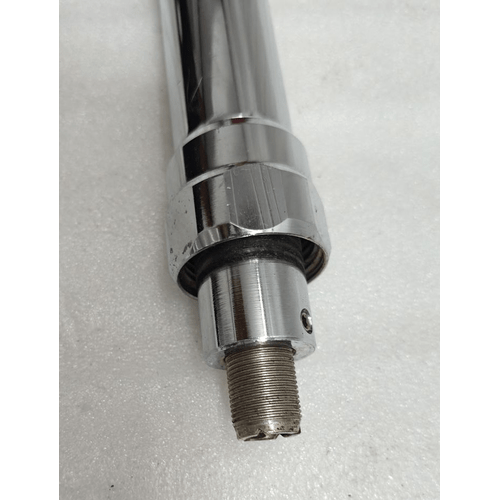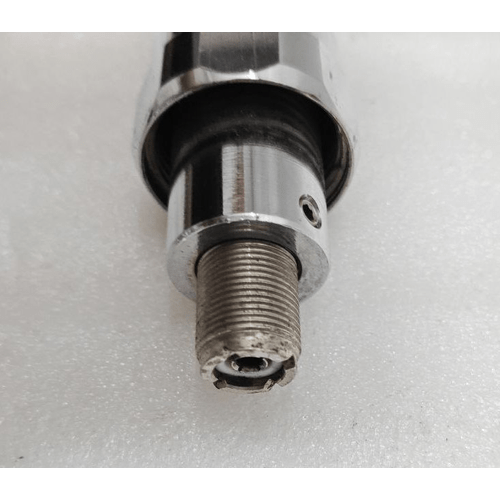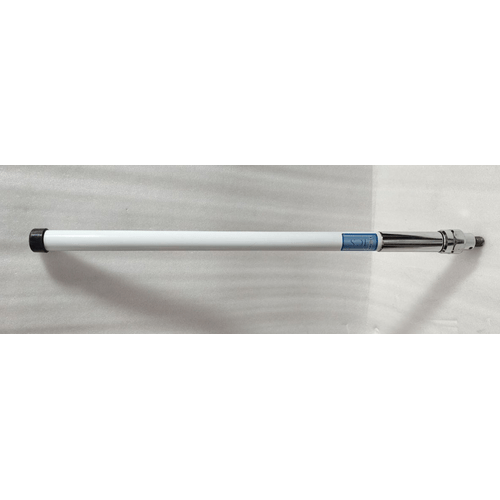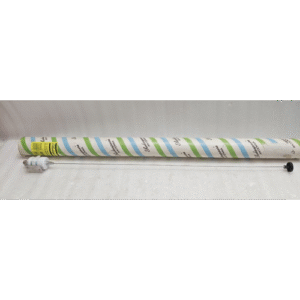- AUTOMATION EQUIPMENT
- BURNER CONTROL
- CAPACITOR
- CARD ENCODERS & READERS
- CONTROL VALVE
- CONTROLLER
- CONTROLS
- CONVERTER
- DRAIN CLEANING MACHINES & TOOLS
- ELECTRIC EQUIPMENT
- ELECTRICAL ITEMS
- FLOW METERS
- GAS DETECTORS & MONITORS
- GENERAL PURPOSE AC DRIVE
- GRAPHOMETER
- HVAC & REFRIGERATION PRESSURE SWITCHES
- HYDRAULIC PRESS
- INK RIBBONS
- LEAK DETECOTR
- LIMIT SWITCH
- METER
- OTHER AIR COMPRESSORS
- PANEL METERS
- POWER MODULE
- SAFTY EQUIPMENT
- SERVO DRIVES & AMPLIFIERS
- TACHOMETER
- TEMPERATURE COMPENSATING
- UNCATEGORIZED
NAVTEX ANTENNA ICS NAV 5 GMDSS RECEIVER 490-518K 17:09
$325.00
| Product Conditioned | NEW |
|---|
In simple terms, this isn’t a “comms” radio for talking. It’s a marine safety information machine.
-
The ICS NAV 5 is the brain and printer that automatically grabs weather warnings, navigational hazards, and distress alerts from special coastal stations.
-
The NAVTEX Antenna is its specialized ear, perfectly tuned to listen to those specific long-range signals (490-518 kHz) and nothing else.
Free Shipping apply to all orders over $199
Guaranteed Money Back in 30 days return.
24/7 Customer Support
Share:
Hotline Order:
(+101) 5620 - 8155
Email ID:
xstore@support.com
The ICS NAV 5 is a dedicated NAVTEX (NAvigational TEXt) receiver, which is a crucial part of the GMDSS (Global Maritime Distress and Safety System). It is not a general-purpose radio; its sole job is to automatically receive and print out maritime safety information.
The NAVTEX Antenna supplied with it (often model ANT-2 or similar) is a specialized, tuned antenna designed to work perfectly with the NAV 5 receiver on the international NAVTEX frequencies.
1. ICS NAV 5 GMDSS Receiver Detailed Description
The ICS NAV 5 is a compact, professional-grade receiver that automates the reception of critical safety information, reducing the workload on the vessel’s crew.
Key Features & Purpose:
-
GMDSS Compliant: Meets international standards for vessels required to carry NAVTEX receivers under the GMDSS convention (primarily SOLAS vessels in sea areas A1, A2, and to extend coverage in A3 and A4).
-
Fully Automatic: Once set up, it operates silently in the background. It automatically turns on at scheduled times, checks for new messages, prints them, and then turns off. It will only print a specific message once, avoiding duplicates.
-
Message Types Received: It receives vital navigational and meteorological warnings and forecasts, as well as distress alert information. This includes:
-
Navigational Warnings: (e.g., unlit buoys, drifting wrecks, military exercises)
-
Meteorological Warnings: (e.g., gale, storm, or hurricane warnings)
-
Search and Rescue (SAR) Information: Distress alerts and related messages.
-
Ice Reports
-
Piracy Warnings
-
-
Thermal Printer: Features an integrated thermal printer that produces clear, dry, and permanent copies of messages on a roll paper, crucial for official record-keeping.
-
Frequency: Tuned to receive 518 kHz (the primary, international frequency for English-language broadcasts) and 490 kHz (often used for local language broadcasts in certain areas). Some models may also receive 4209.5 kHz (MF).
-
Filtering: Users can select which transmitting stations (Barcelona, Corunna, etc.) and which types of messages (A to Z) they wish to receive or block. This prevents the printer from being clogged with irrelevant information for your voyage.
-
Display & Controls: A simple LCD screen and a few buttons for menu navigation, setup, and re-printing messages.
-
Construction: Built to marine standards to withstand the bridge environment.
2. NAVTEX Antenna (e.g., ANT-2) Description
The antenna is a critical component. A standard VHF or AM/FM antenna will not work.
-
Type: Active (Powered) Ferrite Rod Antenna. Unlike a simple whip, it contains an internal amplifier that requires power from the receiver (usually supplied via the coaxial cable) to boost the very weak long-wave signals it is designed to receive.
-
Frequency Tuned: Specifically designed for the NAVTEX band (490-518 kHz). This tuning makes it highly efficient at picking up these signals while rejecting out-of-band interference.
-
Purpose-Built: Its design minimizes the effects of the vessel’s own noise and interference from other electronic equipment on board, which is a common challenge with MW/LW signals.
-
Installation: Typically mounted internally (e.g., on a bridge console bulkhead or window frame) away from major sources of interference like radars or large metal objects. This is a major advantage as it requires no drilling through the deck.
Who is this system for? (Ideal User)
This is mandatory equipment for all commercial vessels (cargo ships, tankers, passenger ships) under the SOLAS convention. It is also highly recommended and commonly fitted on:
-
Serious offshore ocean-going yachts
-
Research vessels
-
Large fishing vessels
-
Any vessel venturing beyond coastal waters where safety information is critical.
We're here when you need us
Get a Quick Quote
Complete our online form.
Call US
Speak to one of our team.
Live Chat
Send us a message
Speak to one of our team.























